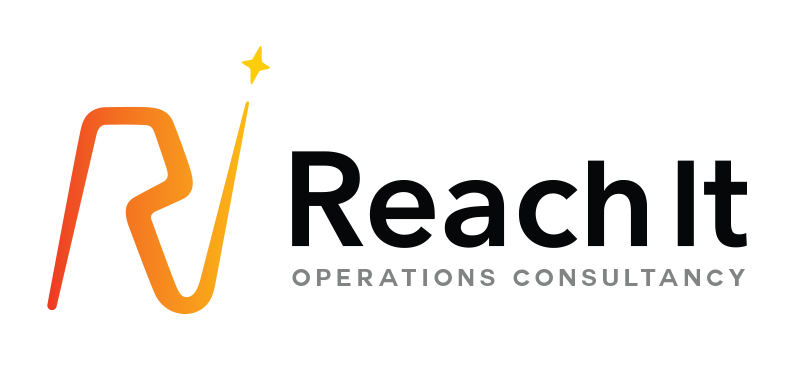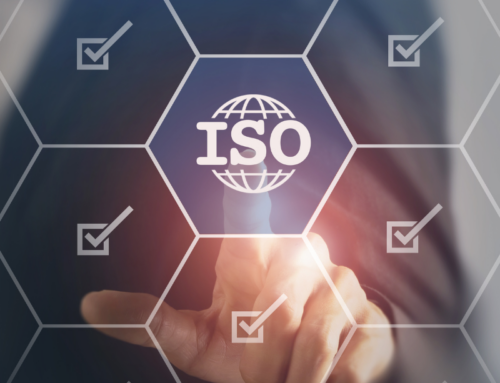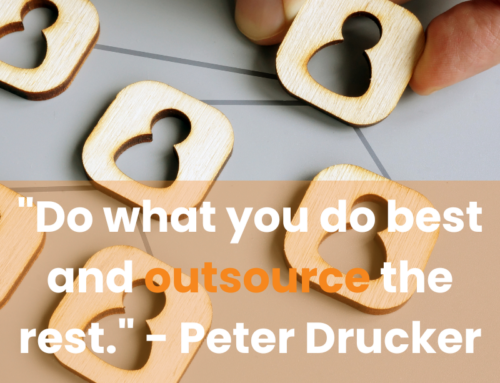Maximise Your Bottom Line. 3 Key Performance Indicators (KPIs) for Cost Reduction and Revenue Growth
Having a better bottom line is every business owner’s goal. It is key for long-term success and growth. Focusing on cost reduction and revenue growth helps in improving your business’ financial performance.
Below are the 3 main key performance indicators for cost reduction and revenue growth:
Cost of Goods Sold (COGS)
Cost of Goods Sold or as something referred to COGS is a crucial metric that measures the direct costs associated with producing the goods or services you sell. It includes the cost of raw materials, labour hours, and overhead expenses directly related to the production process. By closely monitoring this indicator, one can identify areas and ways where costs can be cut or reduced without compromising on the quality of your products or services.
The ultimate aim is to always keep the cost of goods sold as low as possible without sacrificing the level of quality. Refining business processes and optimising the supply chain are two very practical ways of achieving this.
Stock Turnover
The second indicator which is of utmost importance is ‘Inventory turnover’ which measures how quickly a company sells its inventory. It is calculated by dividing the cost of goods sold by the average inventory for a specific period. A high inventory turnover rate shows that a company is selling its products quickly and efficiently, whereas on the other hand a low rate may suggest overstocking or slow-moving inventory.
Regular stock takes and a well-oiled stock management system will help in constantly keeping tabs on your stock. Always aim for a high inventory turnover rate, as it can help you reduce storage costs, minimise the risk of obsolescence and expiration, and free up capital for other investments.
To improve your inventory turnover, consider implementing just-in-time (JIT) inventory management, offering promotions on slow-moving items, or streamlining your supply chain. Having full visibility into your stock data is crucial. We, at ReachIt, help companies set up their stock management systems and reporting, to have data available in real time, leading to better decision making. Pricing strategies will be based on such an indicator and contracts with both suppliers and logistics providers will need to be negotiated in line with stock movements.
Customer Retention
The Customer retention metric measures the ability of a company to keep its customers over time. It’s a very important metric for revenue growth, as it’s generally more cost-effective to retain existing customers than to acquire new ones. By focusing on customer retention, one can build long-term relationships with customers, increasing their lifetime value, and generate more revenue from repeat business.
The target should be for a high customer retention rate by providing excellent customer service, offering loyalty programs, and continuously improving your products or services based on customer feedback. By keeping your existing customers happy and engaged, you can reduce churn and increase your revenue over time. Having a full-fledged CRM function will ease client management. In addition, train your workforce, as they are the first point of contact with your clientele.
Monitor these KPIs regularly, set targets, and implement strategies to improve your performance. Maximising your bottom line is an ongoing process that requires continuous improvement and adaptation to market conditions.
Speak to us today to help you improve your bottom line!





